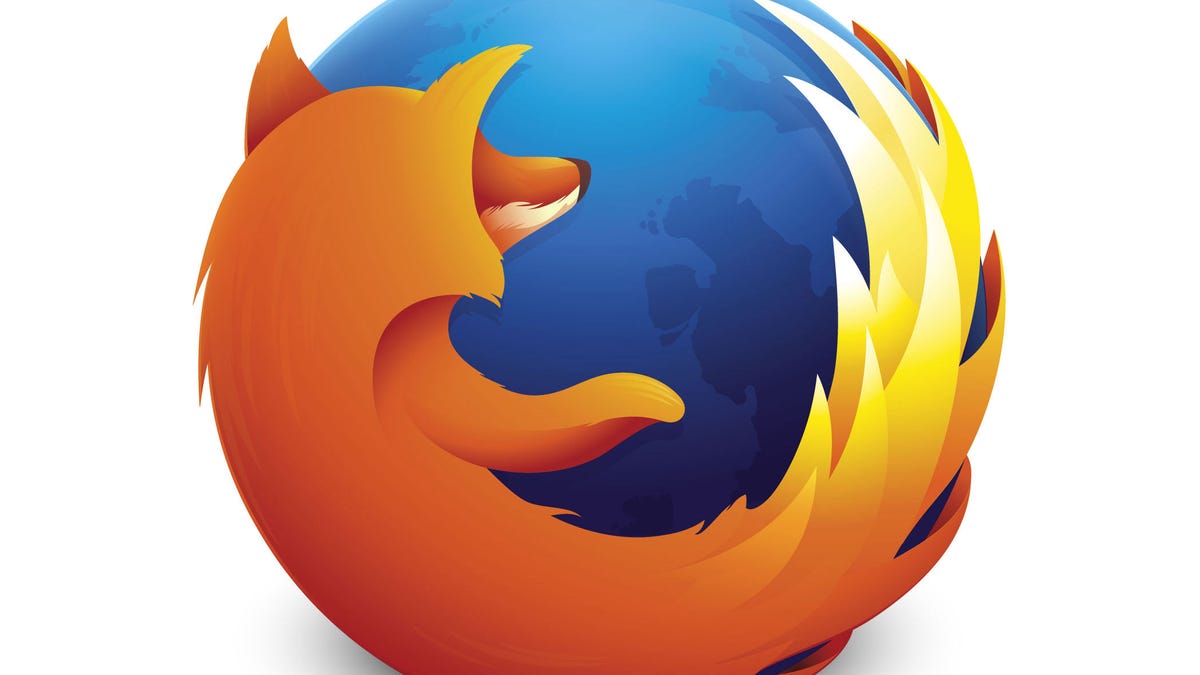Mozilla will give half of Firefox users a snappier browser
Initial tests in the Electrolysis project are good, so Mozilla has begun distributing the revamped browser more widely. Next comes security -- and perhaps a restored reputation.

Firefox is looking to get fierier.
You may have moved on from Firefox, and its maker wants to do something about that.
A decade ago, Mozilla attracted millions of users when Firefox showed the world what a cutting-edge browser could do. A lot has changed since then, including the balance of power among browser makers.
Now Mozilla has begun shipping technology called Electrolysis to win you back.
In its glory days, Firefox ran rings around Microsoft's widely used but stagnant Internet Explorer. Since then it's fallen behind Google's Chrome, which rose to claim 49 percent of browser usage, according to analytics firm StatCounter, while Firefox sank to 8 percent and other rivals like Microsoft Edge and Opera Software's Opera fight for other users.
Electrolysis is designed to restore Firefox's fortunes by making it respond faster when you do things like click, scroll and open new tabs.
"This is going to be a major improvement to the smoothness of the browser interface, especially when heavy web pages are loading," said Asa Dotzler, Mozilla's product manager for Firefox's roadmap and community. "People really appreciate the snappiness of Chrome, Edge and Opera. Firefox is going to gain a bunch of that snappiness with Electrolysis."
Electrolysis teaches Firefox to walk and chew gum at the same time, splitting different parts of the browser into separate computing processes so figuring out how to put Facebook on your screen won't interrupt your mouse clicks. Electrolysis, also called E10S and multiprocess Firefox, increases browser responsiveness 400 percent for ordinary websites and 700 percent for complex ones with many elements, Dotzler said.
Three weeks ago, a half percent of Firefox users became the first people to get the Electrolysis-enabled version of the browser. That early test went well, so Mozilla is gradually spreading the updated browser farther. Electrolysis doesn't work on everybody's Firefox configuration -- only about half of the browser's users are eligible right now -- but all those people will get it in the coming weeks, Mozilla said.
A trick to handling add-ons
The biggest obstacle to broader Electrolysis adoption is that it's incompatible with many of the thousands of add-ons used to customize Firefox -- tools to block ads, fill out online forms and take screenshots, for example. Mozilla is working with add-on developers to update their software and has introduced a new add-on mechanism similar to that used by Google Chrome to try to clear that hurdle, Dotzler said.
At some point in coming months, Mozilla will start blocking incompatible add-ons, opening the way for Electrolysis for all.
"At some point, probably toward the middle of next year, multiprocess Firefox will be the default," Dotzler said.
And ultimately, Mozilla hopes Firefox again will stand out for its customizability, an advantage along with the tabbed browsing, performance and blocking of pop-up ads that helped it get traction last decade.
Mozilla still has to reckon with other problems, though. That includes competition with Google, which is spending lots of time and money promoting Chrome, and the fact that Firefox is almost absent from the increasingly important world of phones and tablets.
Splitting Firefox underpinnings into separate processes can hurt memory usage, but Dotzler said Mozilla's approach will work better than other multiprocess browsers like Chrome, Edge and Apple's Safari.
"We have the headroom to go multiprocess without surpassing the other browsers in memory usage," Dotzler said. "We have spent the last five years shrinking our memory footprint."
The first phase of Electrolysis is about performance. But for Windows users first, then Mac and Linux users later, Electrolysis also lets Mozilla introduce "sandboxing" technology that improves security. It works by making sure malicious website code is confined so it can't get access to the computer memory handling the browser itself or, worse, the underlying operating system.
"Whole categories of [security] exploits will just run into a brick wall rather than escalate and get access to browser and operating system," Dotzler said.

